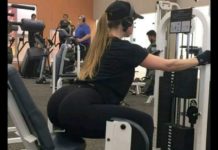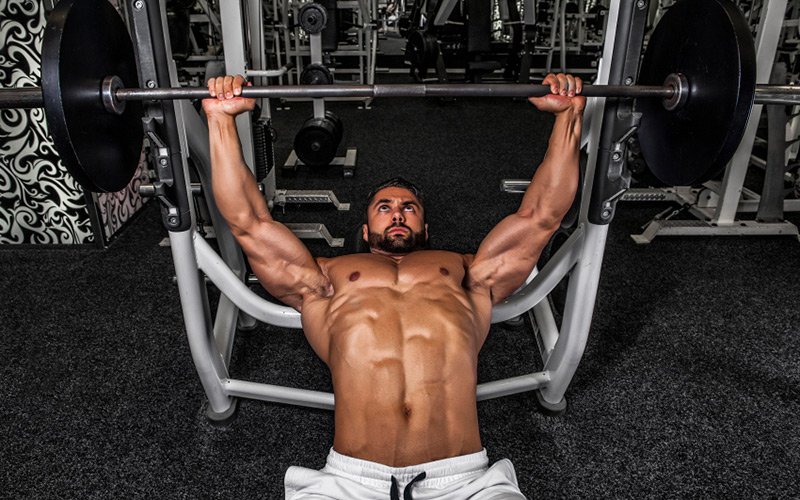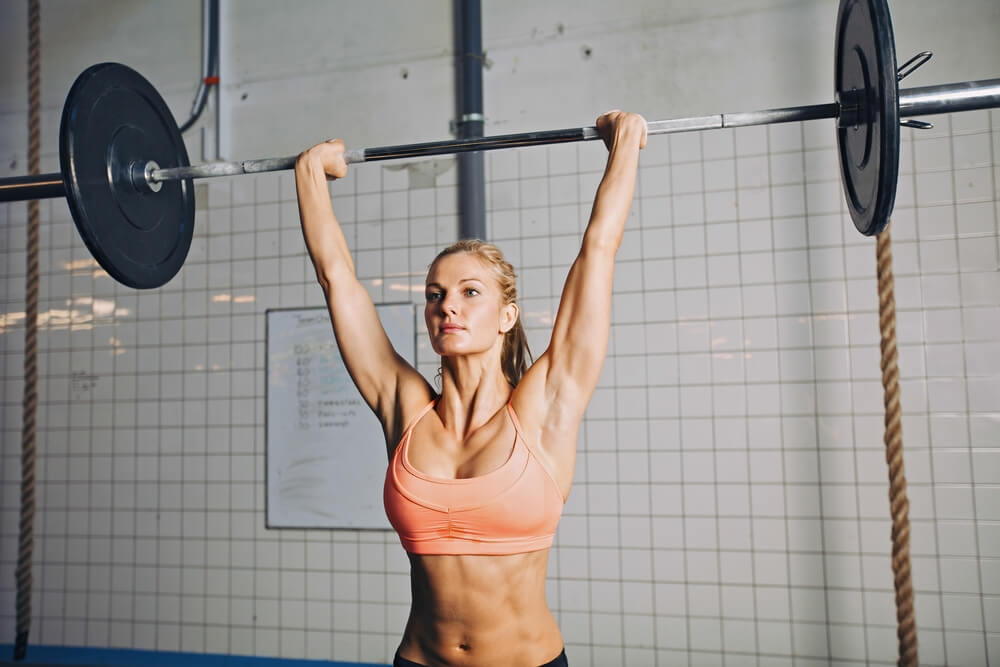Exercises using your own body weight such as lunges, squats, push ups and pull ups can be good for cardiovascular training, if you do several sets at once. Learning how to do lunges the right way can help your strength and tone your hips, buttocks, quadriceps and hamstrings.
Make sure you wear athletic shoes. Cross-trainers can give you comfort and support while doing a lunge exercises.
You do not want to do lunges on an exercise mat. These exercises are best done on a hard, even surface in order to get the most out of the exercise.
It’s always a good idea to set yourself up parallel to a mirror. The mirror is a great help to make sure you have proper form and to ensure that you do not get injured.
- Stand up straight, with your legs hip-width apart. Put your hands on your hips. You want to flex your abdominal muscles so you get the most out of your lunge, inward and upward.
- Take a moment to relax and take a deep breath with your chin downward. Make sure to stand up as straight as you can and relax your shoulders down as far as you can go. It is essential that you keep good spinal posture throughout the duration of the lunge in order to get the most out of the exercise.
- Take a step forward with your right foot approximately 2 to 3 feet. The taller you are, the further you will need to step forward to have proper form. Make sure to keep your back straight throughout the exercise even as your body moves forward.
- Lift your left foot up slightly, so that the toe is in pressed to the floor, but your heel is off the ground.
- Bend both knees at the same time. The goal is to make sure both of your knees stop at a 90 degree angle, there is no need to go further. Your right knee should not go over your toe line. This is where the mirror comes in handy so you can constantly check your form, especially if you are doing a lunge for the first time. You want to check that your right foot hasn’t stepped too far forward or that you did not step far enough forward. Adjust if you need and try again.
- Pause in that position for 1 to 5 seconds. The best way to help you rise from the lunge is stopping your forward momentum. Push off of your right heel to rise up. You will return your right leg to its starting position.
- Now repeat with your left leg. Again use the mirror to check your form and correct if needed.
In order to get the full benefit of the cardio AND the strength training, you will need to lunge until your thigh muscles become exhausted and you get your heart rate up. Although you need to stop doing the exercise if you are no longer able to hold proper form.
You can use hand weights to increase difficulty of the lunges. A good place to start is 2 lb. hand weights in each hand. Keep your arms at your sides, hanging. Do the same lunge instructions, checking your form in the mirror, while holding the weights. As you get stronger you can increase the amount of weight.
-Terry Asher
Terry
Latest posts by Terry (see all)
- How Important Are Net Carbs For Building Huge Muscle? - Apr 28, 2017
- The Matt Damon Workout Explained - Apr 27, 2017
- Watercress – Benefits And The Best Way To Consume It - Apr 26, 2017










Sou personal trainer, moro no Brasil e
Gostaria de informações sobre cursos Treinamento funcional, Kettlebel, treinamentos em suspensão. Grato!!!
Prof. Jordan Carlo
CREF-002703-G/ES
Vic: I’ve never done lunges in my life and I have been training for a long time. I HAVE specialized on one-legged squats for a time, actually doing them in addition to my regular barbell squat. The only thing I do not particularly like about the one-legged- squat is the tendency towards spinal “rotation.” Will the barbell or db lunges be safer in your experience?
i usually do my lunges stationary. (is that the word? i’m norwegian..)i do about 10 reps on one leg then switch to the other. i can’t seem to get my knee as close to the floor as you’re doing in the video. is that because of tight hipflexors or to much weight?? is it better to the lunges alternating with lower wight in instead??
Vic: you;ve told us about squats and lunges, both that focus on your upper legs. what about an exercise that focuses on your lower legs?
Not a big fan of calf raises. I think the best exercises for the lower legs are sprinting and jumping.